
Players from North Carolina State and Villanova University battle it out during an NCAA college basketball tournament game in Pittsburgh, March 21, 2015. NC State won 71-68. (AP Photo)
The basketball tournament known as March Madness has grabbed millions of Americans by the collective throat and won’t let go until the last shot.
Widely referred to by its nickname because of the month in which the event occurs and the passion it inspires, many Americans consider the NCAA college men’s tournament to be the best sporting experience in the U.S. by a wide mile.
Nationwide, workplace productivity drops precipitously during the two-and-a-half-week tournament. Workers watch the games, talk about the brackets, check scores, think about the matchup, and basically goof off when they should be doing their jobs.
These delirious hoop dreams cost about $1.9 billion in lost wages, according to global outplacement and employment firm Challenger, Gray and Christmas.
That doesn’t even include the distraction March Madness poses to costly higher education as college students ditch their books for the games.
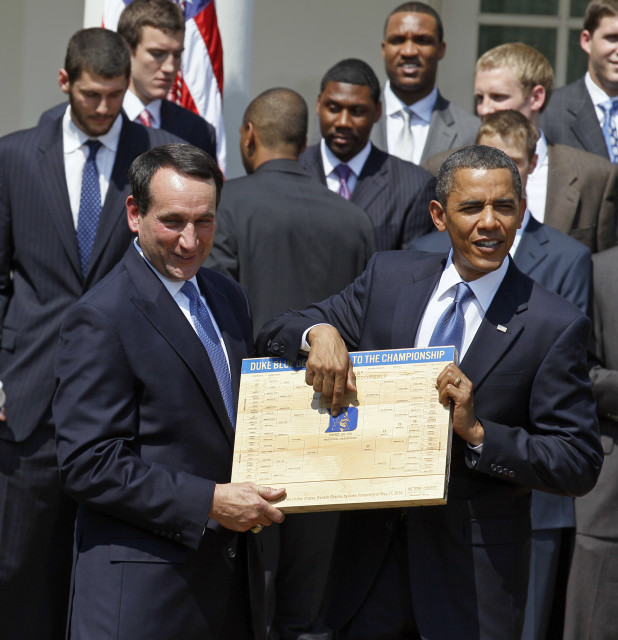
In this May 27, 2010 photo, President Barack Obama looks over the bracket with coach Mike Krzyzewski of the NCAA basketball champion Duke Blue Devils in the Rose Garden of the White House in Washington. (AP Photo)
The billions of dollars generated in wagering, advertising and sponsorships prove these fans put their money where their mouths are.
It’s no small wonder. The incredible teamwork and athleticism on display generate a tour de force of American entrepreneurship and ingenuity that makes Apple take note.
It should come as no surprise in a nation that excels at creating lucrative businesses out of … wait for it … nothing.
Well, nothing more than unparalleled intellectual property, savvy business acumen, and technical firepower teamed with marketing muscle, crisp execution, and a cultural love affair with sports. We’re talking serious mojo here.
At the heart of this spiraling contest are the so-called “brackets.” They lay out the game matchups, schedules and locations that start with 68 teams and narrow toward the center, culminating with a championship game between the final two survivors. It’s a thing of beauty, rivaled only by the natural universe and priceless works of art.
The brackets serve as secret sauce that helps to propagate and promote the event, appearing seemingly everywhere, much like locusts. Don’t try to fight it. Even the president of the United States, Barack Obama, has filled out brackets every year he has been in office.
The top seeds in the four regions still remaining in the contest are teams from the University of Kentucky, Duke University and the University of Wisconsin. Villanova University was the fourth, but got upended by North Carolina State University. The tournament can be as surprising and cruel as the weather this month.
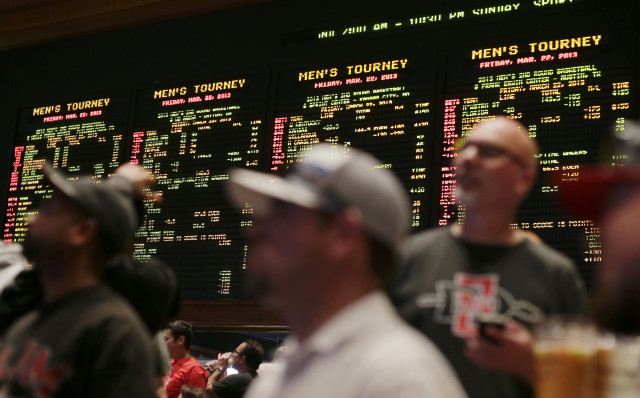
In this March 22, 2013, photo, bettors watch the odds for second-round NCAA tournament games displayed on a board at the Mirage hotel-casino Race & Sports Book in Las Vegas, Nevada. (AP Photo)
The undefeated Wildcats of Kentucky coached by John Calipari are the runaway favorites and the overall number 1 seed. The last team to have a perfect regular season and then run the table in the tourney was the Indiana Hoosiers in 1976.
Can the Wildcats do it? Fans have to watch to find out, which CBS–the American television network televising the entire event–is literally banking on.
A $2-billion chunk of the estimated $9 billion that will be spent on tournament gambling comes from more than 70 million brackets, according to the American Gaming Association.
The group conducted a survey that shows about 40 million people will fill out their winners picks in the brackets, with the average person completing nearly two, and the bet per bracket coming out at $29. The Nevada bookmakers will take in $240 million of that amount.
Half of all March Madness viewers have completed a bracket at least once. C’mon, bet you can’t do just one.
Achieving a perfect bracket is virtually impossible. The odds are even higher than hitting a winning lottery ticket. Last year, famed investor Warren Buffet offered $1 billion to anyone who could come up with one. The Oracle of Omaha knew his money was as safe as the gold in Fort Knox.
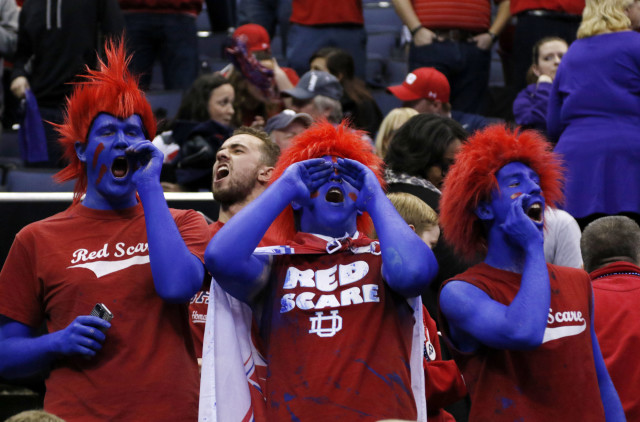
Dayton fans cheer during an NCAA tournament college basketball game against Providence in the Round of 64 in Columbus, Ohio, March 20, 2015. (AP Photo)
It turns out knowledge actually is a dangerous thing in this instance. Yeah, you can over think it. Success in the brackets usually is achieved in inverse proportion to one’s actual knowledge of college hoops.
The outcomes invariably are unpredictable, and David routinely defeats Goliath, but not always. It’s a tricky business.
To pick the winning teams – even though every team in each region is seeded and one could easily take the higher seed – your chances likely are better if you select by favored nicknames, team colors or merely flip a coin.
It’s often the person in the office pool who knows the least that comes out on top. And whoever does win gains serious bragging rights, along with a variable roll of cash.
It’s a taste of pure enterprise, seductive and delicious – as much of a rite of spring as daffodils pushing out of the earth.
The NCAA hauls in a whopping $800 million per year and 90 percent of that comes from the tournament and related licensing deals. The winners and their conferences get a lion’s share of the revenues over the ensuing years.
While that sounds like a stunning amount of bling, just think about all the joy, excitement and spring fever those brackets and the tournament create.
Can’t put a price on that.


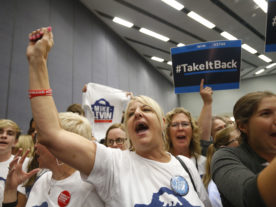


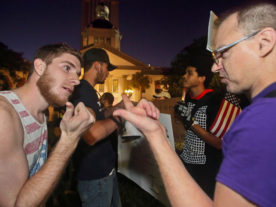

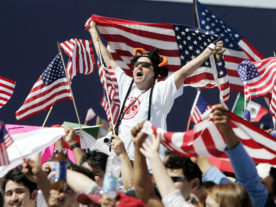
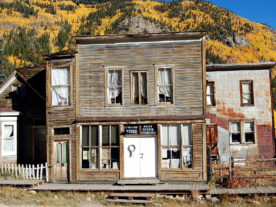
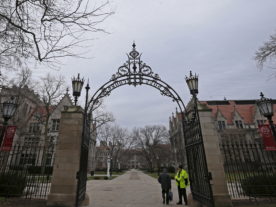
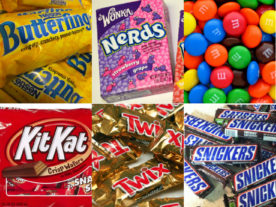
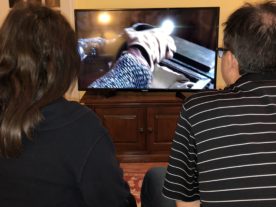





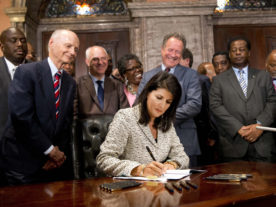

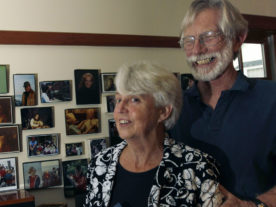


Oh, so this is what it’s all about! This is the best explanation of March Madness I’ve ever read or heard. My Dad, husband, and two adult sons make it very clear to me every year how important this is, but after my fill of NFL and NBA I am ready to watch other things on TV. No more complaining from me, I’ll just have to fill out a bracket and get in on the Madness myself.